Premixed Combustion Finite Rate/No TCI Simulation
$140.00 $70.00 Student Discount
- The problem numerically simulates the Premixed Combustion in a combustion chamber using ANSYS Fluent software.
- We design the 2-D model with the spaceclaim software.
- We mesh the model with ANSYS Meshing software.
- The mesh type is Structured, and the element number equals 4800.
- We use the Species Transport model to define a Combustion reaction.
- We use the Finite Rate/No TCI for turbulence chemistry interactions.
- We import the Chemkin mechanism file, including 35 reactions and 17 chemical species.
To Order Your Project or benefit from a CFD consultation, contact our experts via email (info@mr-cfd.com), online support tab, or WhatsApp at +44 7443 197273.
There are some Free Products to check our service quality.
If you want the training video in another language instead of English, ask it via info@mr-cfd.com after you buy the product.
Description
Premixed Combustion, Species Transport, Finite Rate/No TCI, ANSYS Fluent CFD Training
The present problem simulates the premixed combustion in a combustion chamber by ANSYS Fluent software. In the present case, it is assumed that the fuel and air enter the chamber from one boundary and are considered premixed.
The geometry of the present model is two-dimensional and has been designed using Spaceclaim software. We do the meshing of the present model with ANSYS Meshing software. The mesh type is Structured, and the element number is 4800.
This CFD project is the 5th episode of the Combustion Training Course.
Premixed Combustion Methodology
The species transport model is used to model the combustion process. The Chemkin mechanism file, including 35 detailed and different reactions and 17 chemical species, is imported into Fluent, and the volumetric option is used to model combustion in the chamber.
Also, the Finite rate/No TCI model accounts for the turbulence chemistry interactions. This submodel takes the effect of detailed kinetic mechanisms into account and neglects the effect of mixing on combustion.
Also, the Energy equation is On to calculate the changes in temperature due to the combustion process, and the Viscous is set as the Standard k-epsilon model.
Premixed Combustion Conclusion
After the simulation process was finished, contours such as temperature, velocity, different species’ mass fractions, and streamlines were obtained. As shown in the temperature contour, the temperature has increased in the chamber, indicating that combustion has occurred.
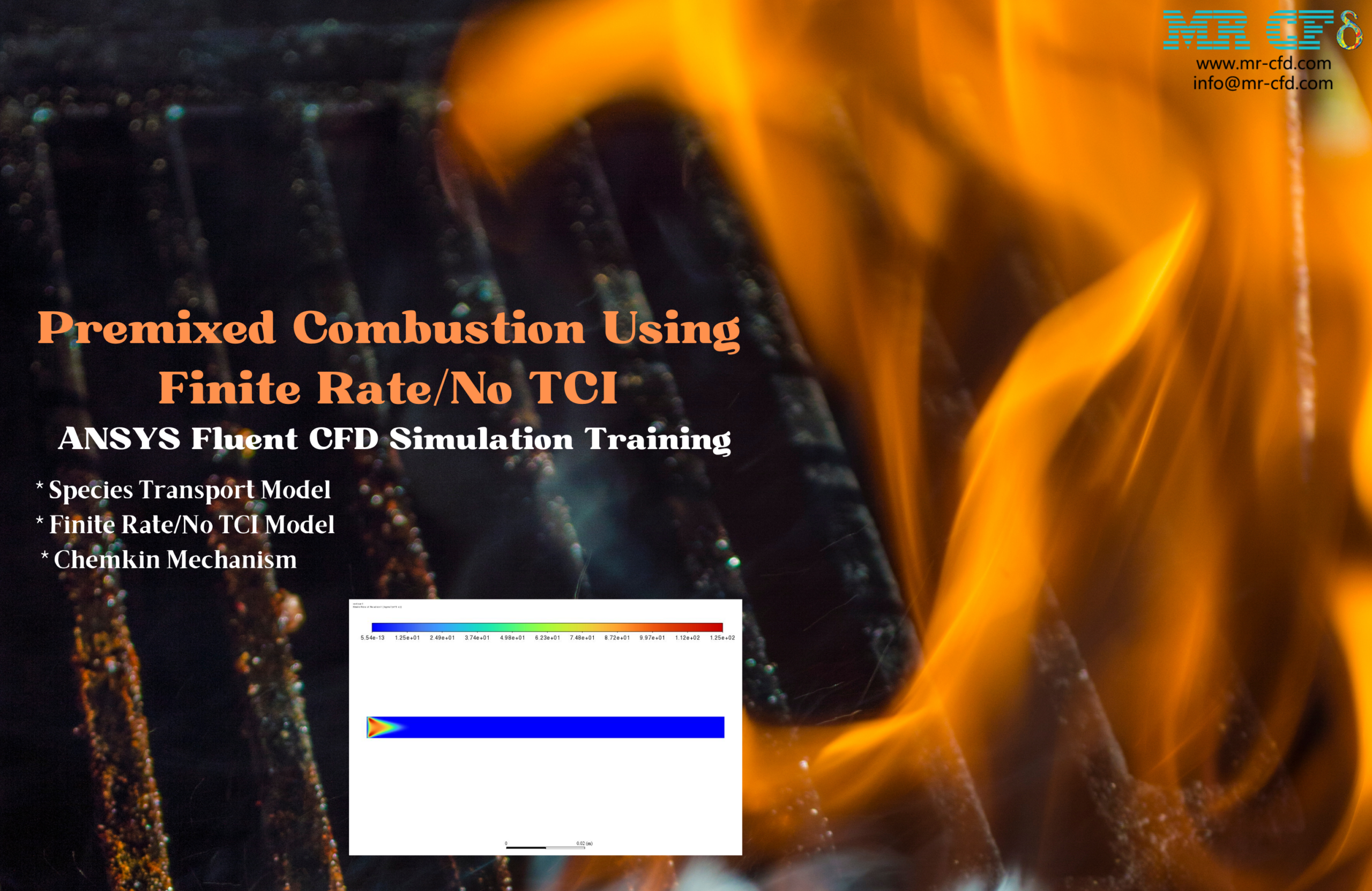
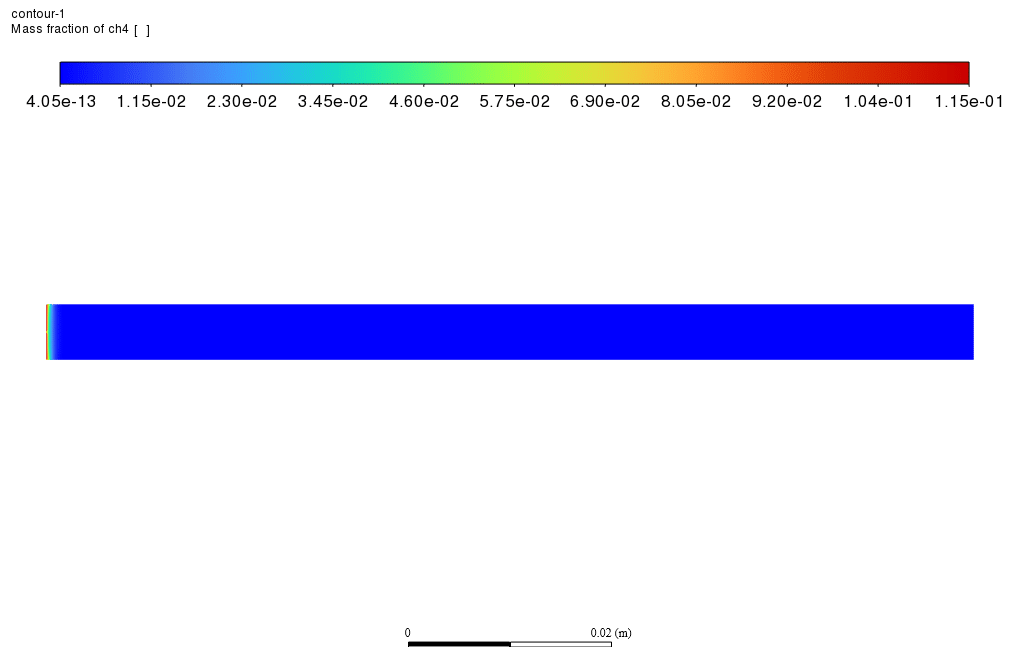
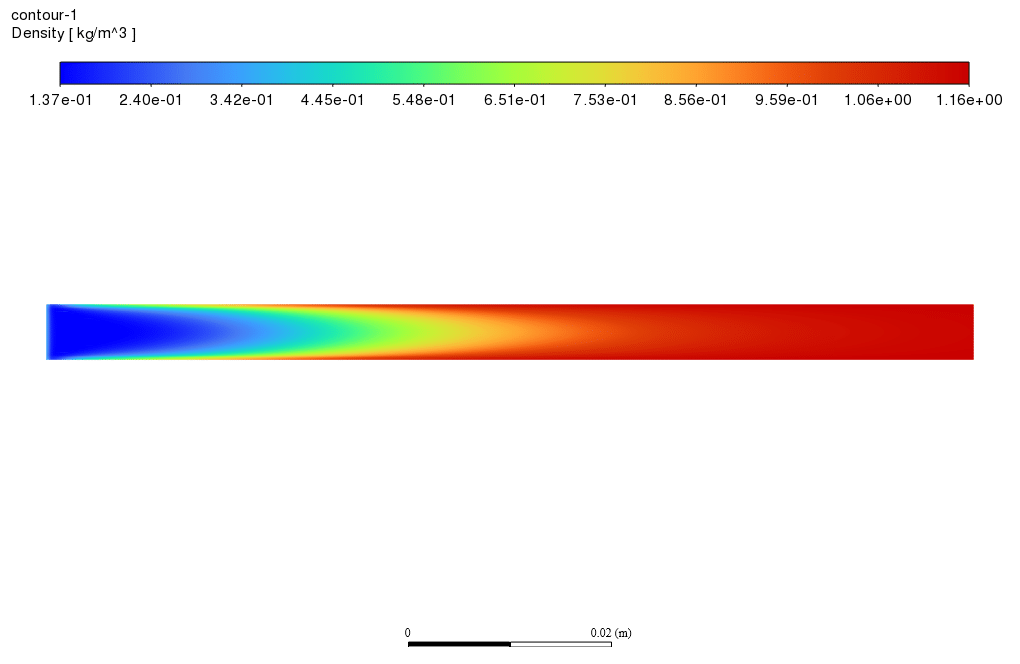

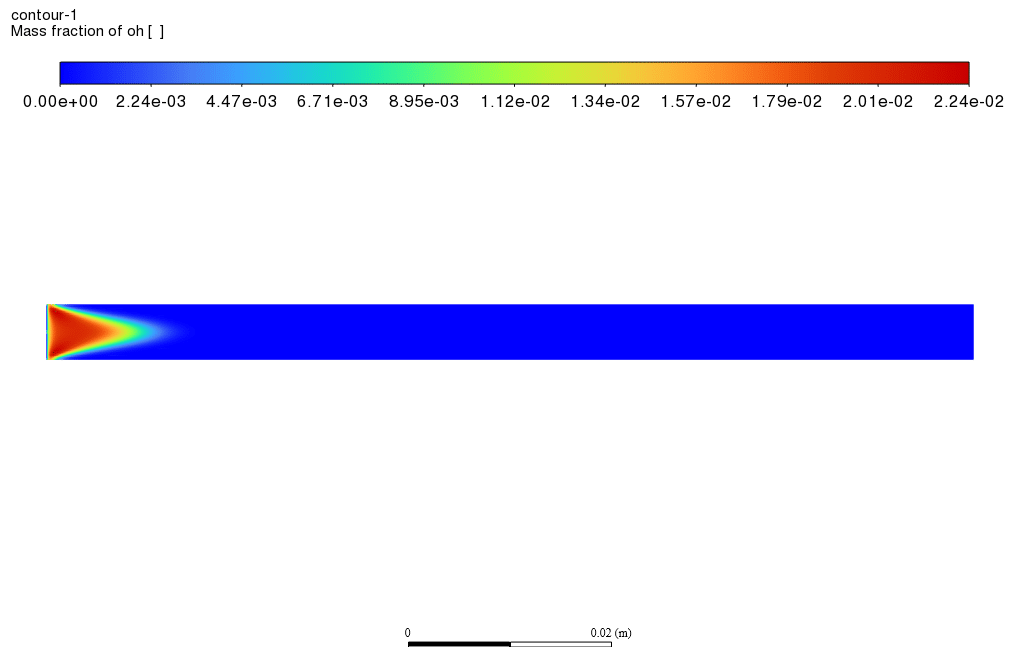
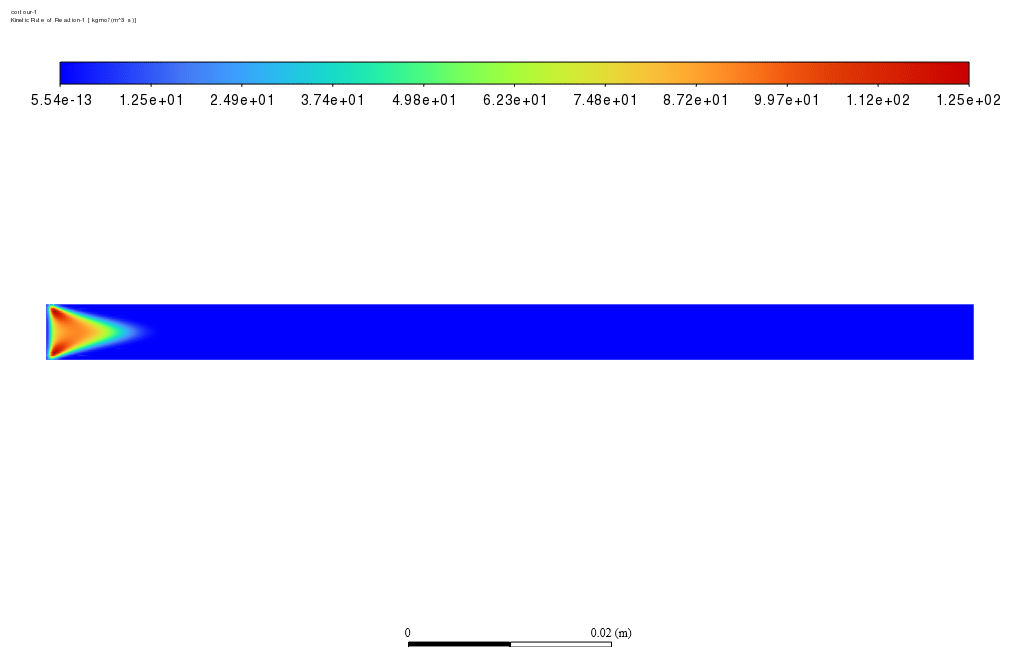
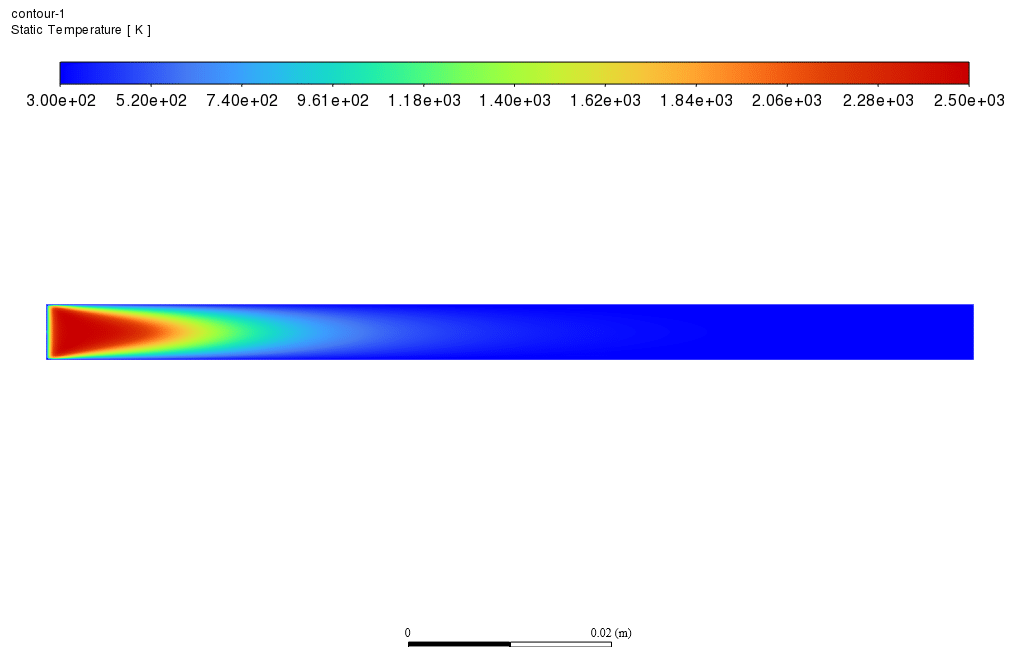
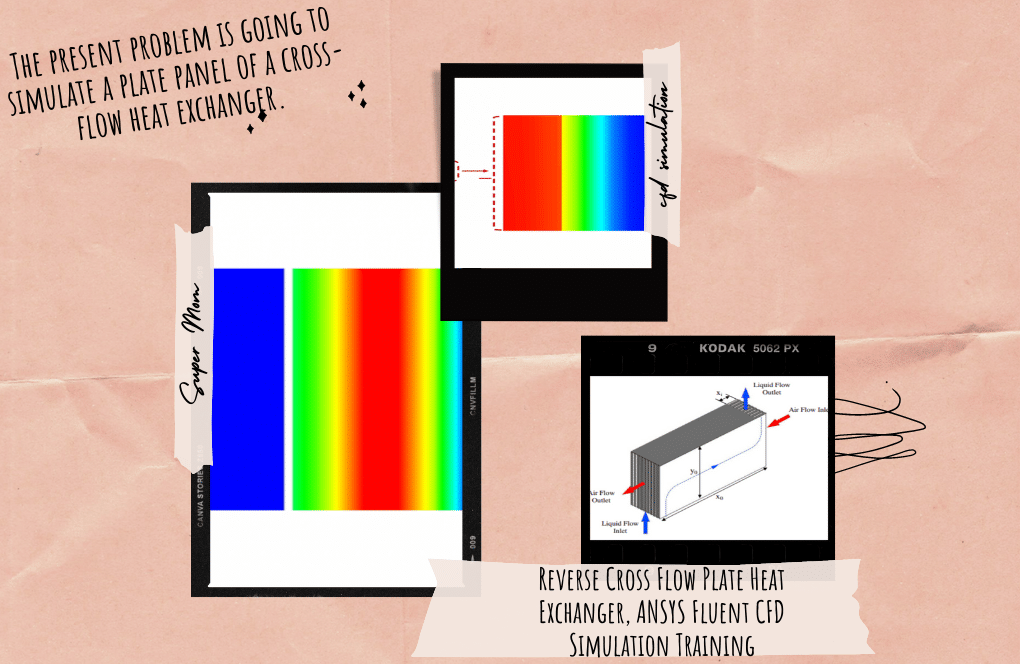
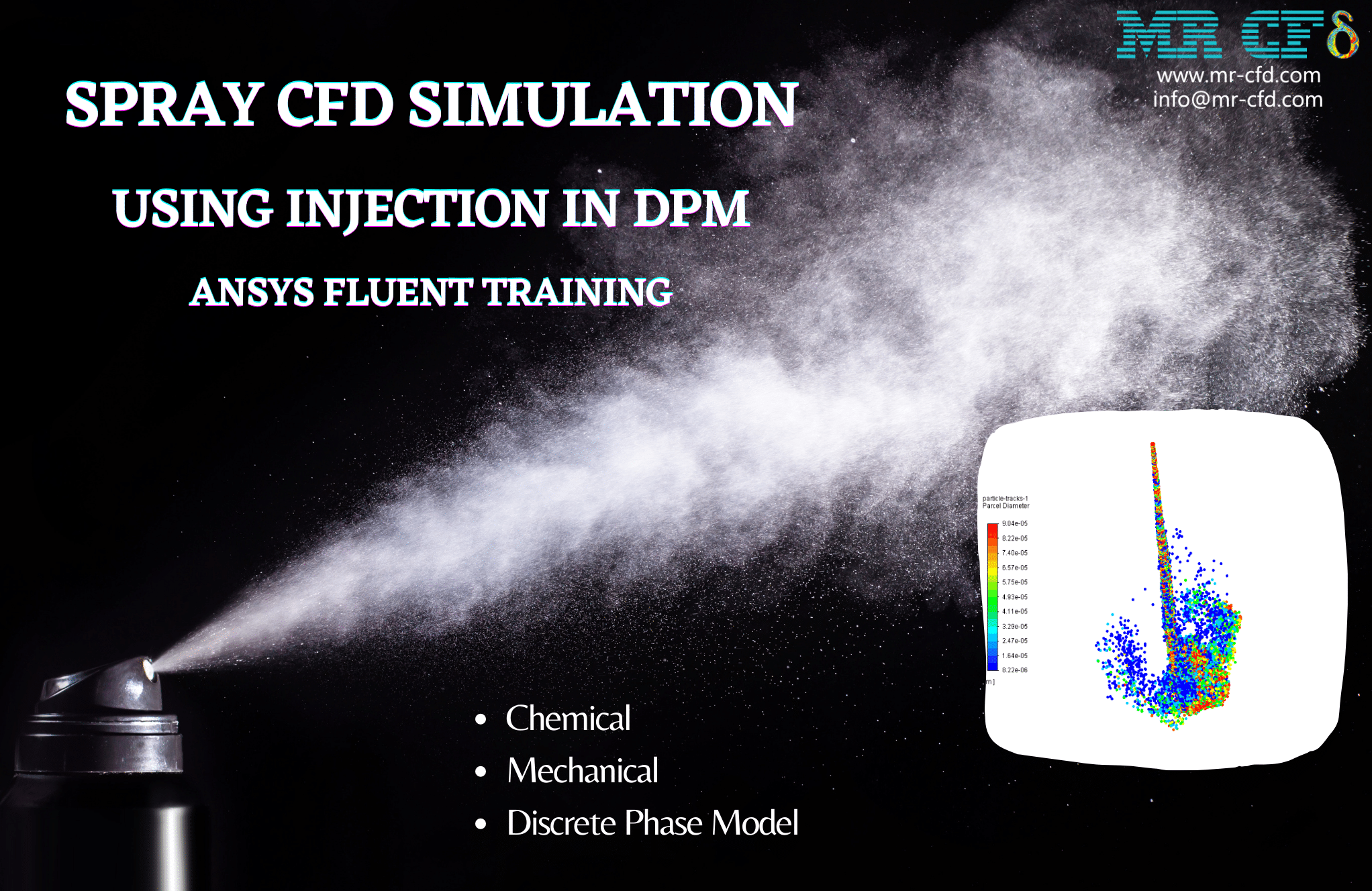


Reviews
There are no reviews yet.